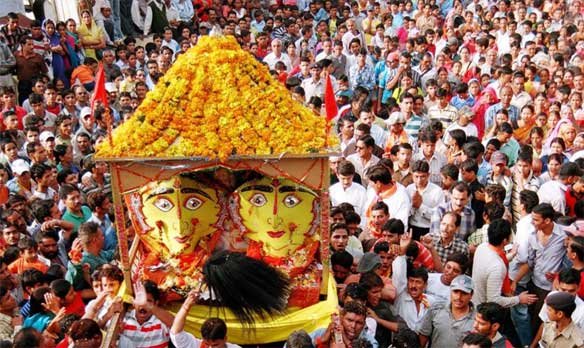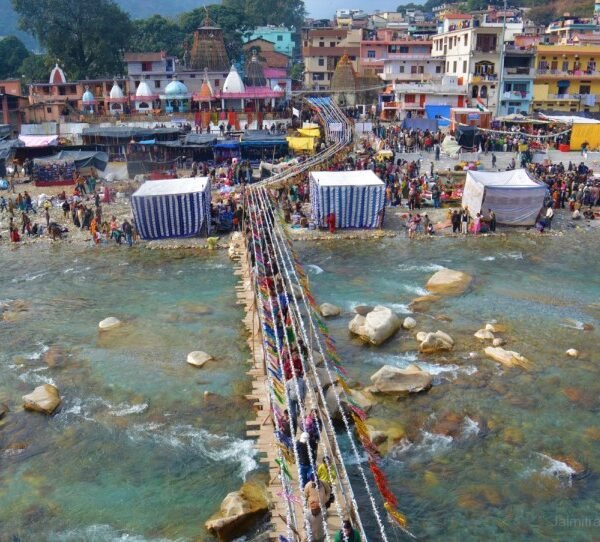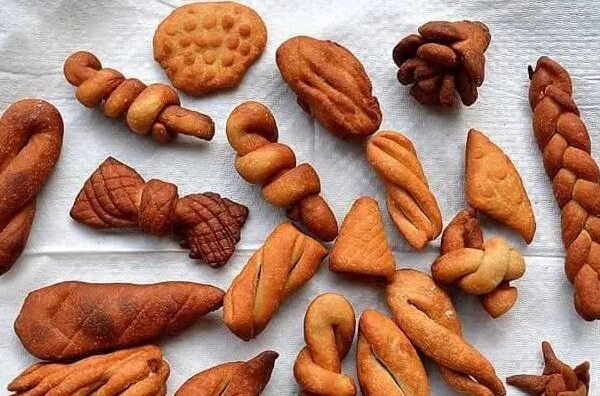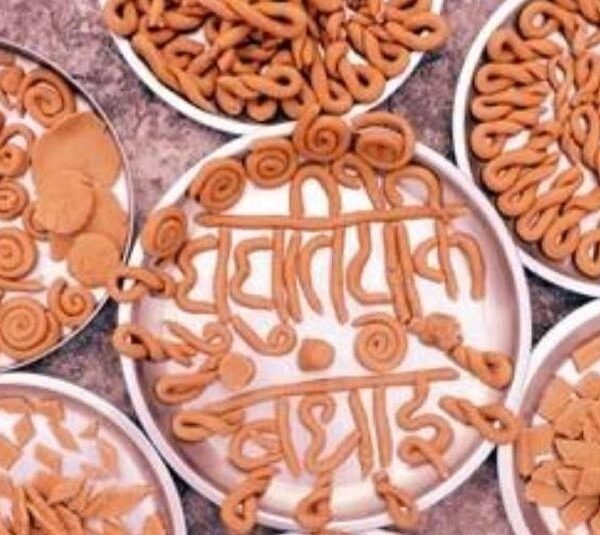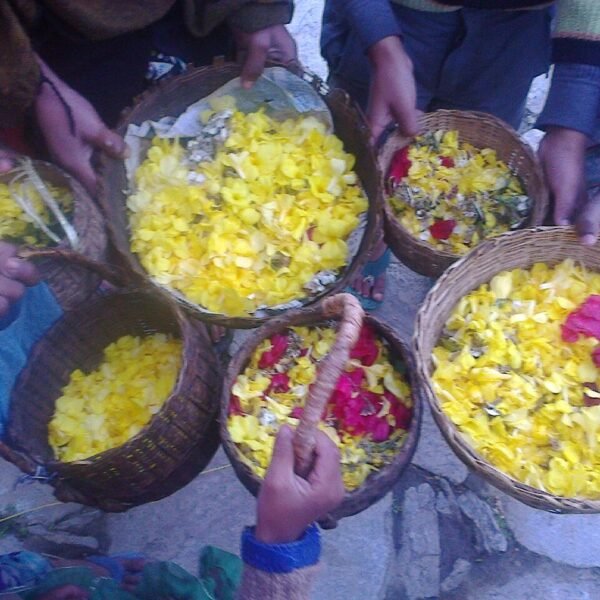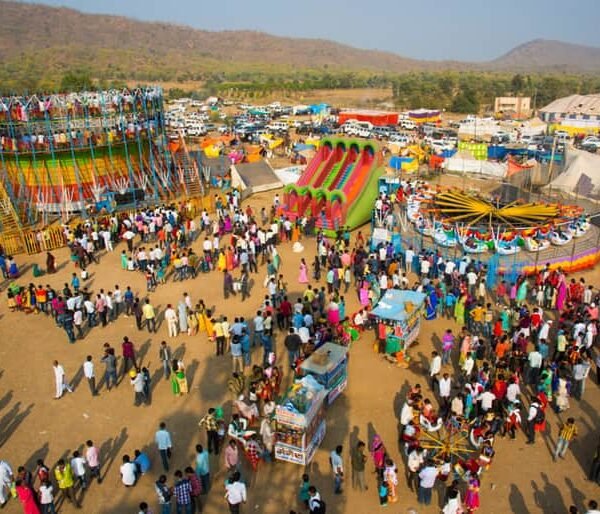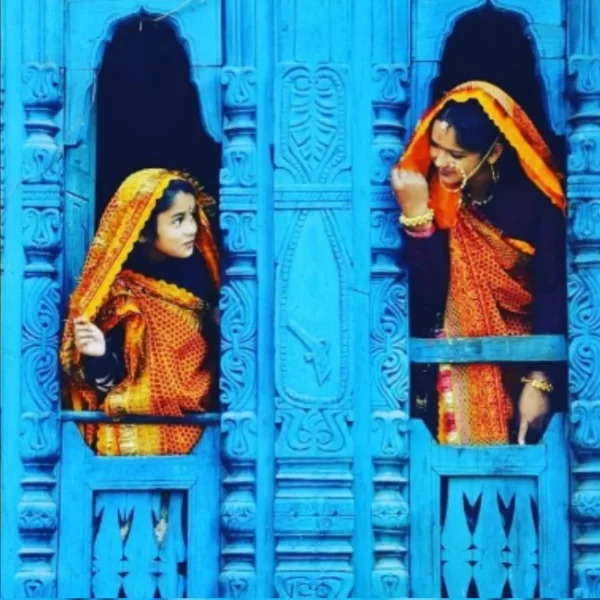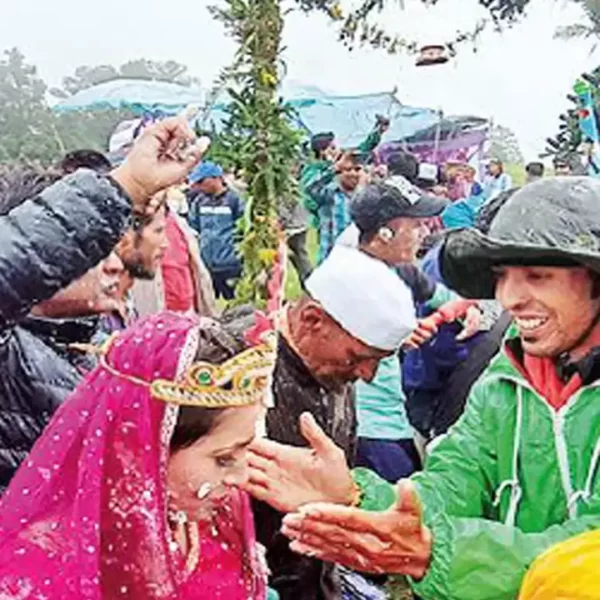Uttarakhand Culture
Uttarakhand Culture
Uttarakhand is a beautiful place which can be sub-divided into two regions majorly known as Garhwal and Kumaon. The culture identifies its people uniquely and gives them a meaning. The various traditions, religions, fairs, festivals, folk dances, music are what distinctly separate them from the rest of the crowd. The residents of Uttarakhand are proud of the culture that they follow. The beauty of the state of Uttarakhand is that it houses people belonging to several sub-groups and ethnic groups together under one roof. This article talks about the culture, beliefs and traditions which bind the people of Uttarakhand together.
Culture of Garhwal
Garhwal is a beautiful place marked by the tall mountains, cold weather and green valleys. People from all over the country visit the place to meditate and attain peace in a life full of so much chaos. The very ancient wood carving can be seen even today on some of the doors as well temples of Garhwal. All the places such as Ransi temple, Srinagar temple, Chandpur fort, Padukeshwar and Devalgarh temple comprise of architectural remains even today.
Garhwali is the main language spoken here. Garhwali language has a number of dialects too including Jaunsari, Marchi, Jadhi and Sailani. The Garhwali language is believed to have originated from a combination of- Sauraseni Prakrit, Sanskrit and Western or Central Pahari language. Garhwal is inhabited by people belonging to a number of ethnic groups and castes. These include Rajputs who are believed to belong to Aryan origin, Brahmins who migrated after the Rajputs or later, tribals of Garhwal who stay in the Northern tracts and comprise of Jaunsaris, Jadhs, Marchas and Van Gujars.




